Geodetic paints for marking – types and applications
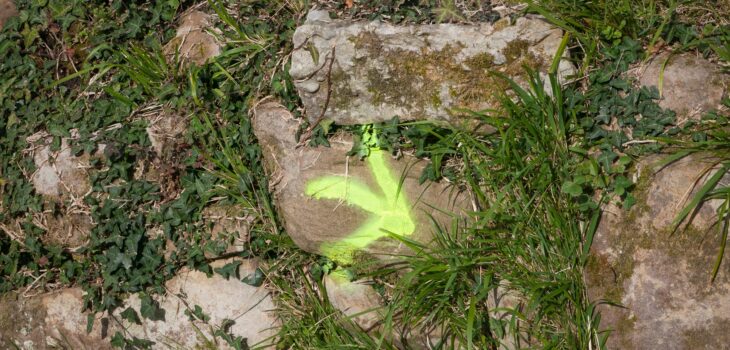

Geodesy wouldn’t exist without fundamental tools like geodetic paint. This specific product is the key to precise communication in the field. From construction to forestry and geodesy itself, marking paints are omnipresent. Do you want to learn more about them? We invite you to read our article! We will explain the applications of geodetic paint, introduce its types, and unveil where and how to use it. Finally, we will present you with our offer!
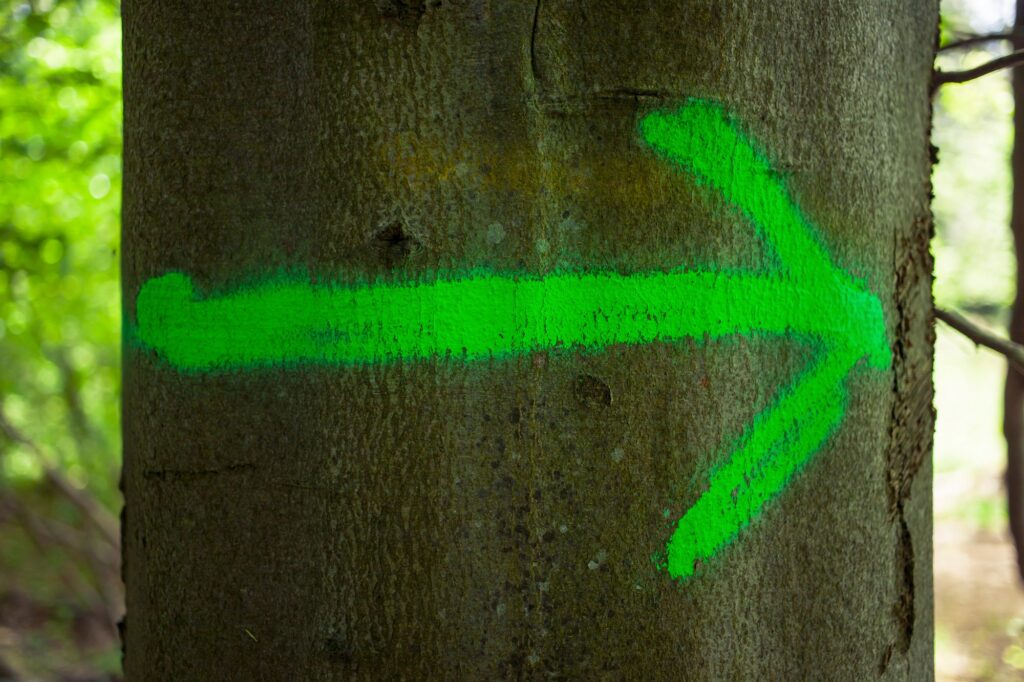

What is geodetic paint?
Geodetic paint, also known as marking paint, possesses specific properties that directly stem from its applications. It was designed for creating durable and distinct markings on various surfaces. It aids in conducting precise measurement tasks, marking boundaries, routes, reference points, or hazardous zones. Without it, many tasks would be significantly more challenging to carry out, and in some cases, even impossible.
Its uniqueness lies in the combination of durability and color intensity, ensuring vivid and difficult-to-erase markings. Whether it’s stone, concrete, metal, or even wood, geodetic paint can handle this challenge. As a result, it remains highly visible regardless of the surface type.
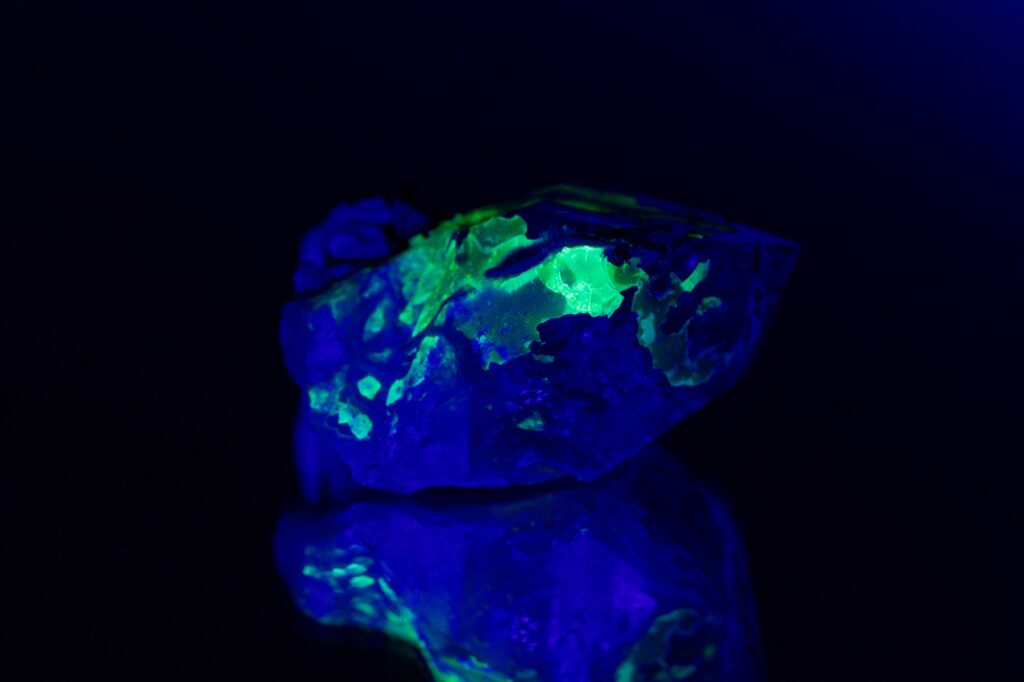

Types of geodetic paints
The choice of the right marking paint depends on various factors. However, fluorescent paints are the most effective, such as:
- Fluorescent paints – they decidedly stand out among other products. Their intense, almost radiant colors resemble those familiar from neon signs. These vibrant hues make them the perfect choice for specialists seeking paint that guarantees reliable visibility at any time of the day. In geodesy, they play a significant role in outdoor work, especially during land surveys, boundary demarcation, or marking various points and reference lines. Thanks to their unique properties, they allow for precise, clear, and long-lasting visualization of different elements in the field.
- Phosphorescent paints – these are products for those who value visibility regardless of lighting conditions. These specialized paints are capable of emitting light visible in complete darkness, making them invaluable for marking terrain elements. This property arises from the paint’s unique ability to absorb and slowly release light energy. After exposure to daylight or artificial light, it can glow for a really long time. As a result, markings made with this paint are easy to locate even at night.
But that’s not all! It’s also worth knowing that both traditional container-based paint and spray-on geodetic paint are available on the market. The latter is incredibly useful when time and convenience are of the essence. Thanks to the clever aerosol solution, marking becomes fast, simple, and, most importantly, precise.
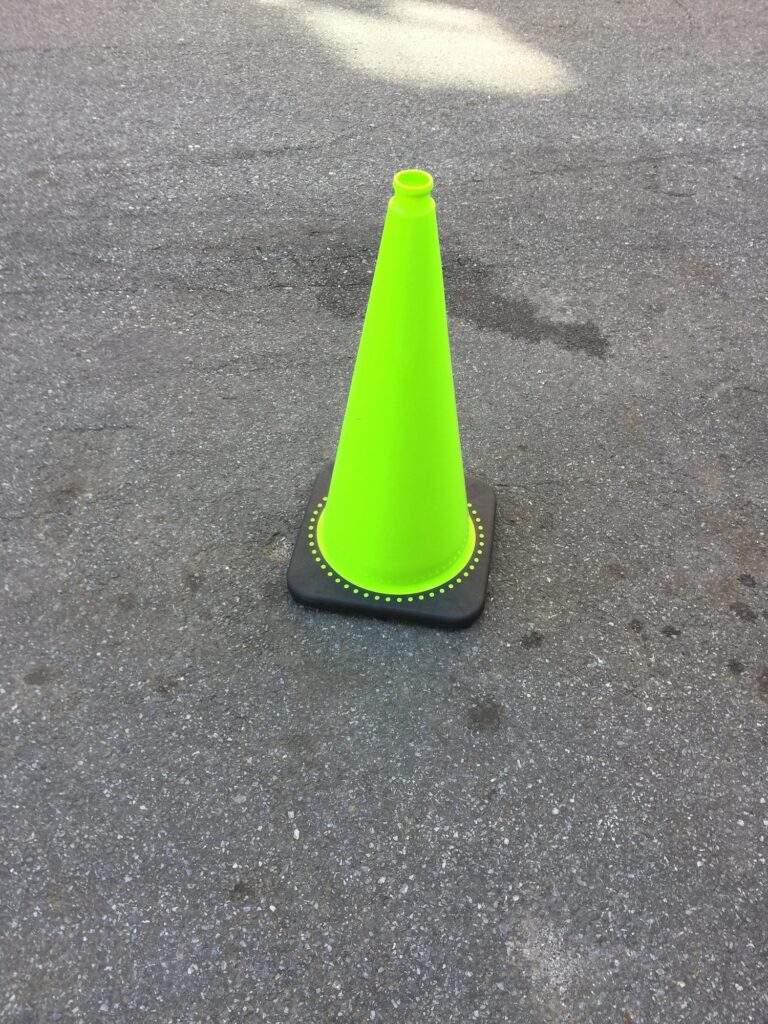

Where to use geodetic paint?
Geodetic paint finds applications in various fields. It is used wherever the durability and clear visibility of markings are essential. Below are several key areas where geodetic paints are utilized:
- Geodesy and Cartography – Geodetic paint is employed to mark measurement points in the field, enabling accurate measurements and positioning.
- Construction and Investments – In construction, geodetic paint is indispensable for marking boundary lines, routes of pipelines, excavations, or other investment elements. It’s also useful during road repair works, allowing for marking cut lines or establishing precise point or continuous lines. It helps maintain work precision and minimizes the risk of errors.
- Forestry and Field Work – Marking paint is used to identify trees for felling, paths, protected area boundaries, or hiking trails.
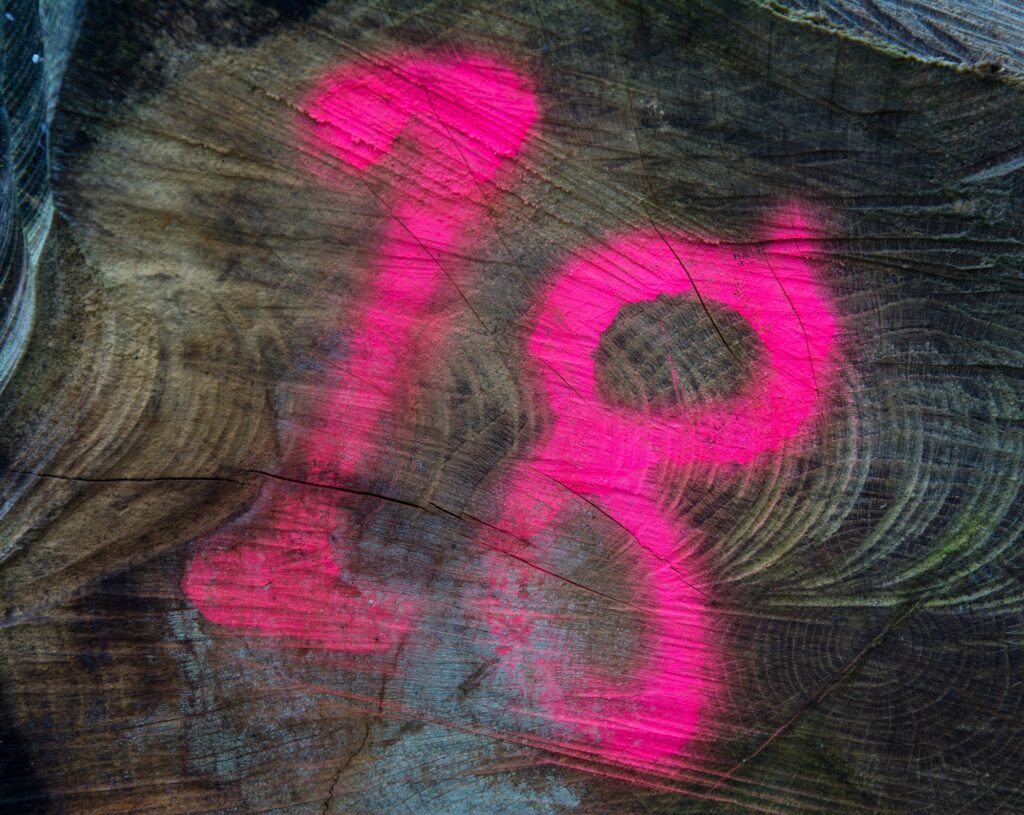

Tips for Using Geodetic Paints
When opting for geodetic paints, it’s crucial not only to choose the right product but also to learn how to use it properly. We’ve prepared some guidelines to help you during your work.
- Check the Weather – Regardless of the paint type, it’s best to paint when it’s dry and calm. Remember that weather conditions significantly impact the drying and setting process of the paint. Rain, fog, or even high humidity can extend drying time and weaken the durability of markings.
- Clean and Dry Surface – Before you start painting, ensure the surface is clean and dry. Contaminants or moisture can affect the paint’s adhesion and make application difficult. If possible, remove any dirt, dust, rust, or remnants of old paint from the surface.
- Safety During Work – Prioritize safety rules when working with paints. Use appropriate gloves and protective eyewear. Geodetic spray paints should only be used in well-ventilated areas. In case paint accidentally gets into your eyes, immediately rinse them with plenty of water.
- Proper Spray Usage – If you’re using spray-on geodetic paint, remember to hold the can at the right angle and maintain the proper distance from the painted surface. Spraying the paint too closely can lead to excessive accumulation and streaks.
- Test the Paint – Before embarking on large-scale painting, it’s always wise to test the paint on a small, inconspicuous area of the surface. This helps you ensure that the paint adheres well to the substrate and has the desired color.


Geodetic Paints at SPLinx Store
In our offer, you will find a wide range of construction paints, including geodetic paints. We provide products that guarantee quality and durability. Importantly, at SPLinx, geodetic paints are custom-made based on our customers’ specific orders. This way, you can order a product tailored to your needs. As an experienced paint manufacturer, we can assure you of this!
Do you have questions about geodetic paints? Would you like to learn more about our products? Feel free to contact us; we are happy to answer your questions and assist you in selecting the best solutions.
We help you choose a product!
We are here to help you choose a special ink/paint or varnish for your specific project!
Tailor-made products are our specialty.



